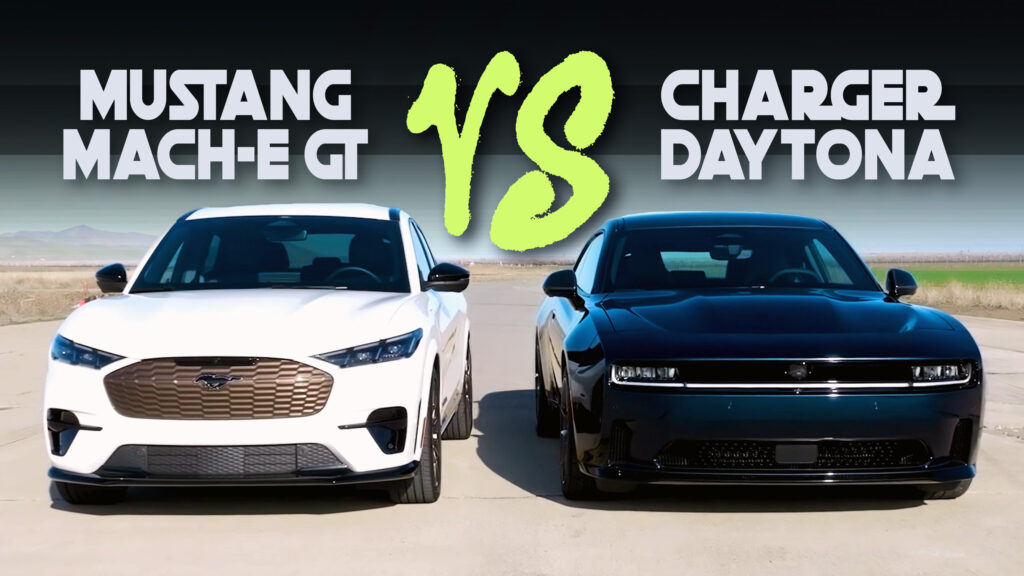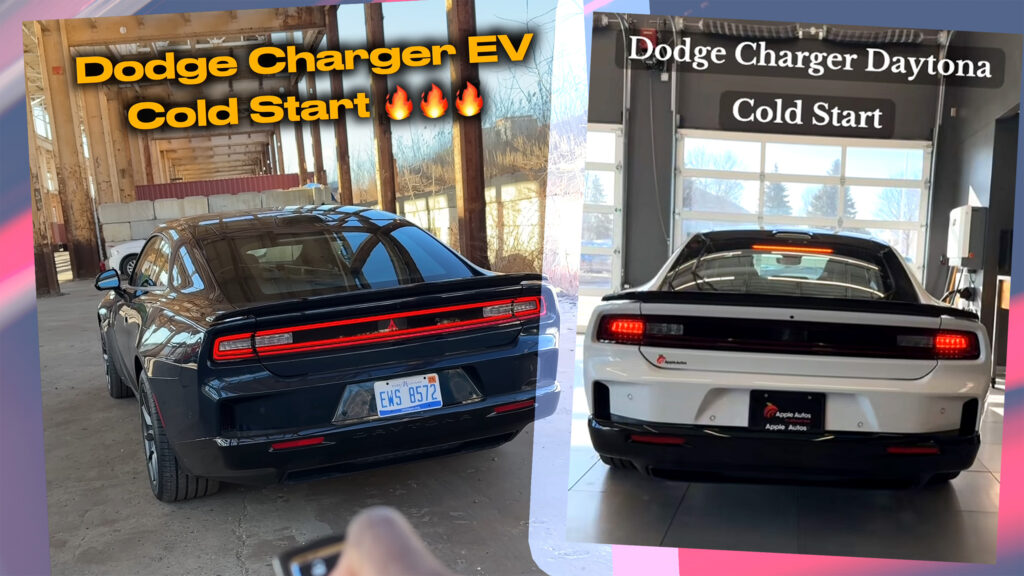Want To Break Your Dodge Charger Daytona? Try Slamming Its Hood

- The electric Dodge Charger Daytona has specific instructions for properly closing the hood.
- A certified mechanic explains why the frunk mechanism of the muscle car is prone to damage.
- It’s unclear whether the upcoming ICE-powered versions will have similar hood sensitivity.
The launch of the new Charger Daytona hasn’t exactly gone according to Dodge’s master plan. It seems most buyers are still holding out for the ICE-powered versions. But for those who’ve already taken the plunge and bought the EV, they might want to be extra careful when closing the hood, unless they’re itching for a pricey trip to the service center.
More: This Dodge Charger ICE Prototype Allegedly Sounds Like A Hemi V8
According to Dodge’s official service manual, you can’t just slam the hood like you’re angry at it. No, the automaker suggests owners gently close it. In fact, they specifically warn against pressing or slamming it too hard, acknowledging that doing so could cause some damage. It’s a delicate dance with a car that’s supposedly meant to be tough enough for the masses (even if its price tag is anything but mainstream).
Technician Finds the Issue
Jordan Rose, a certified Mopar technician at Hall Chrysler Dodge Jeep Ram in Virginia, recently shared a video showcasing two Chargers that suffered a similar issue with their hoods. For those who aren’t familiar, Rose has extensive experience with the quirks of early-production models, frequently working with a fleet of Chargers and sharing his findings on YouTube and Instagram.
In one case, the hood, or rather the frunk, of a red Charger wouldn’t open using the dashboard button, though the manual release still worked. Upon inspecting the latch, Rose noticed that it was bent. While he can’t say for certain how it happened, he suspects that the owner may have, perhaps, slammed the hood with a little too much gusto.
After removing the plastic covers and replacing the bent latch with a new one, the repair seemed to go off without a hitch. The button worked perfectly once the muscle car had been put back together.
Potential Problems with a Broken Latch
As highlighted by Mopar Insiders, a misaligned or broken latch is more than just a nuisance. It can leave your hood either stuck in an open position or bouncing around while you’re driving. Not exactly what you want happening in your brand-new car. Fortunately, Dodge has provided clear instructions to help owners avoid such issues.
So, now you know; treat the hood with the care and caution of a fragile antique, and you’ll hopefully avoid the kind of hood mishaps that lead to expensive repairs. If not, well, there’s always the service center waiting.
More: First Wrecked Dodge Charger Daytona EV Surfaces
It’ll be interesting to see if the hood of the ICE Charger Six Pack holds up better to rough handling, given its different design compared to the zero-emission version. More specifically, the gas-powered model features a bulging hood to accommodate the six-cylinder engine underneath and lacks the R-Wing front aero pass-through found on the EV.
Here’s the official guide from the Mopar Service Library on how to properly close the hood of your Charger Daytona:
INSTRUCTIONS
| 1 | In one continuous motion, gently lower the hood until it is resting on the latch mechanism. |
| 2 | Place two hands on center of hood, above the latch mechanism. Press down firmly until hood is latched. |
| 3 | Confirm hood is latched in place. |
| Caution | Do not drop or forcefully close hood. Doing so can cause damage to the hood. Only use force on the areas highlighted in the image above. Pressing down on areas outside of this area can cause damage. |


